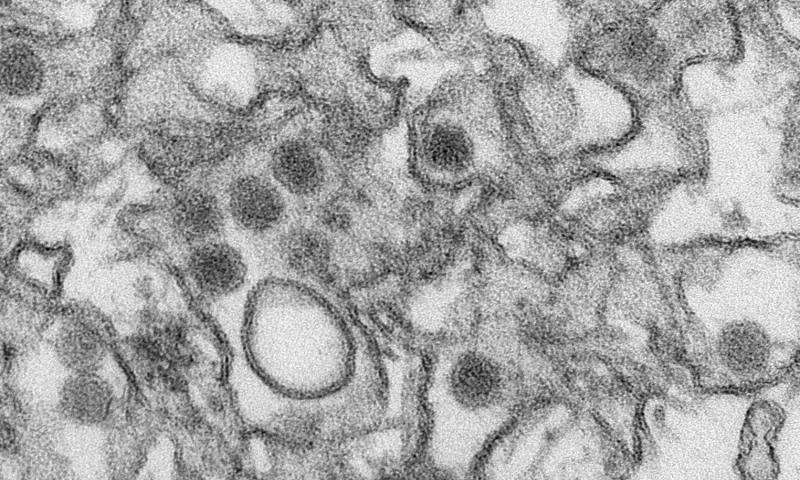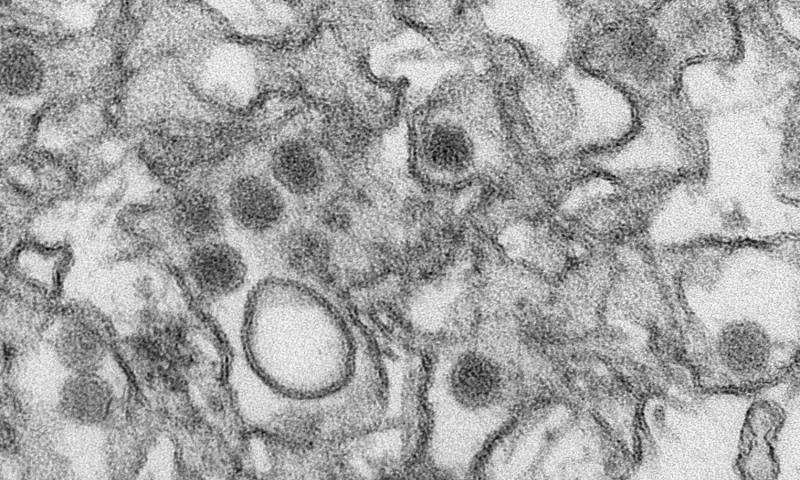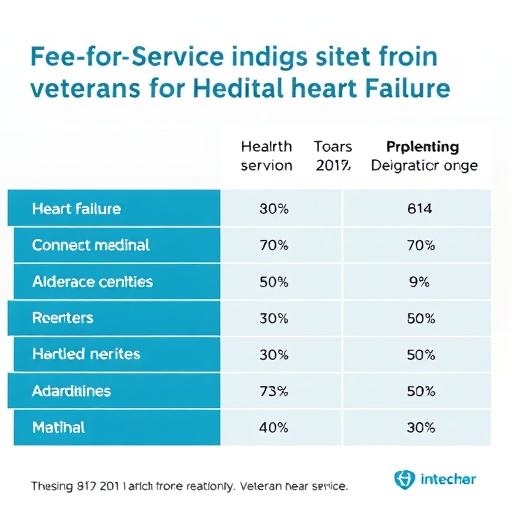
New Haven, Conn.– In a new study, Yale researchers demonstrate Zika virus infection of cells derived from human placentas. The research provides insight into how Zika virus may be transmitted from expectant mother to fetus, resulting in infection of the fetal brain.
The study was published online Aug. 18 in JCI Insight.
Researchers have linked Zika virus to microcephaly — a birth defect affecting the heads and brains of infants born to infected mothers. Yet little is understood about how the virus crosses the maternal-fetal barrier, a layer of cells that serves as a filter to protect the fetus from harmful substances.
A team of researchers, led by senior author Erol Fikrig, M.D., studied the question by using three different strains of Zika virus to infect three types of cells found in placental tissue. The cells types — known as Hofbauer cells, cytotrophoblasts, and fibroblasts — were obtained from normal term pregnancies.
The researchers found that fibroblasts and Hofbauer cells were susceptible to infection by Zika virus in isolated cultures. They also observed infection of Hofbauer cells within whole placental tissue.
“These placenta-specific cells could potentially serve as a reservoir for Zika virus production within the fetal compartment,” said first author Kellie Ann Jurado, a postdoctoral fellow.
The researchers also stated that the Hofbauer cells, which are believed to migrate around the placenta, may aid in delivery of Zika virus to the fetal brain.
The findings further the understanding of Zika virus infection and potential routes of viral production and circulation within the placenta, said Jurado. The study results may also help investigators develop new strategies to potentially prevent infection of the fetus, the researchers noted.
###
This release was updated on August 16 due to an editing error.
Other authors include, Michael K. Simoni, Zhonghua Tang, Ryuta Uraki, Jesse Hwang, Sarah Householder, Mingjie Wu, Brett D. Lindenbach, Vikki M. Abrahams, Seth Guller, and Erol Fikrig.
The study was supported in part by the National Institutes of Health and the Howard Hughes Medical Institute.
Citation: JCI Insight
Media Contact
Ziba Kashef
[email protected]
203-436-9317
@yale
http://www.yale.edu
The post Yale study identifies how Zika virus infects the placenta appeared first on Scienmag.





